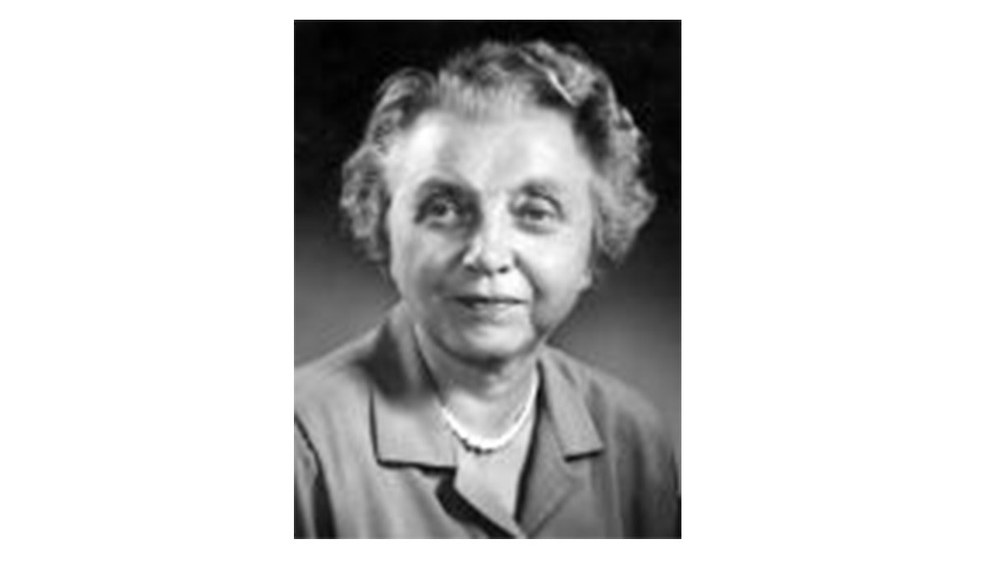A female pioneer of aviation research

Walter P. Reuther Library, Wayne State University

- Irmgard Flügge-Lotz was one of the first female researchers in aeronautical engineering.
- Her pioneering work included making the design of airplanes easier to calculate
- Focus: Aeronautics, history, equality
Mathematician Irmgard Flügge-Lotz died 50 years ago in May. She was one of the first female researchers in aeronautical engineering and worked at a predecessor organisation of today's German Aerospace Center (Deutsches Zentrum für Luft- und Raumfahrt; DLR) and the Max Planck Institute for Dynamics and Self-Organization (MPI-DS) in Göttingen. In the 1930s, she succeeded in making the design of airplanes easier to calculate.
Irmgard Lotz was born on 16 July 1903 in Hamelin, Germany. In 1929, she became the first woman to receive a doctorate in applied mathematics from the Technical University of Hanover. After witnessing the launch of zeppelins as a child, Lotz had dreamed of becoming part of the world of aviation and in 1929 became the first woman to be hired at the Aerodynamics Research Institute (AVA) in Göttingen – one of the most prominent European centres for aviation research. At AVA, she soon impressed the internationally renowned academic Ludwig Prandtl, known as the father of modern aerodynamics, and in 1931 she was able to solve the differential equations that were proving a sticking point in Prandtl's lifting-line theory. "Her work made performing the calculations for aircraft wings much easier," says Andreas Dillmann, Director of the DLR Institute of Aerodynamics and Flow Technology in Göttingen.
Leading a team of scientists and female 'human computers'
Following these achievements, Irmgard Lotz was put in charge of a team of scientists and female mathematicians (before the computer age, calculations were predominantly carried out by women). "She was one of the few female department heads at the Kaiser Wilhelm Society," says Eberhard Bodenschatz of the Max Planck Institute for Dynamics and Self-Organization, the successor to the Kaiser Wilhelm Institute.
Prandtl proposed Lotz as a research professor in 1937, but the application was rejected by the Ministry of Aviation, presumably due to the National Socialist attitude towards women. In 1938, Irmgard Lotz married engineer Wilhelm Flügge and took the name Flügge-Lotz, following him that same year to Berlin where they worked at the German Aviation Research Institute (DVL). While her husband was made head of department at DVL, Flügge-Lotz had to make do with a job as a scientific consultant for aerodynamics and flight dynamics.
Appointment at Stanford University
After the end of World War II, the French recruited the couple to work at an aeronautical research facility in Paris, where they enjoyed equal standing as team leaders. In 1948, Wilhelm Flügge was offered a position at Stanford University in the USA. Irmgard Flügge-Lotz followed – but initially only with the rank of lecturer, although she fulfilled the duties of a professor. In 1960, she was finally appointed a full professor in both Engineering Mechanics and Aeronautics and Astronautics. She continued her research work even after her retirement in 1968 and in fact right until her death on 22 May 1974 in Palo Alto, California.
While Flügge-Lotz received numerous honours and awards in the USA, she remained almost unknown in Germany. She will soon be the first female scientist to have a meeting room named after her at the DLR site in Göttingen.
